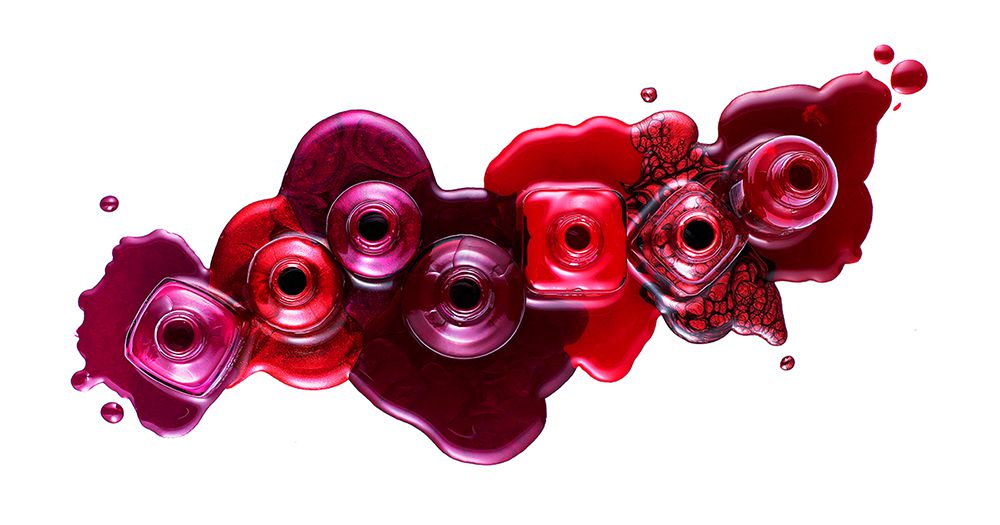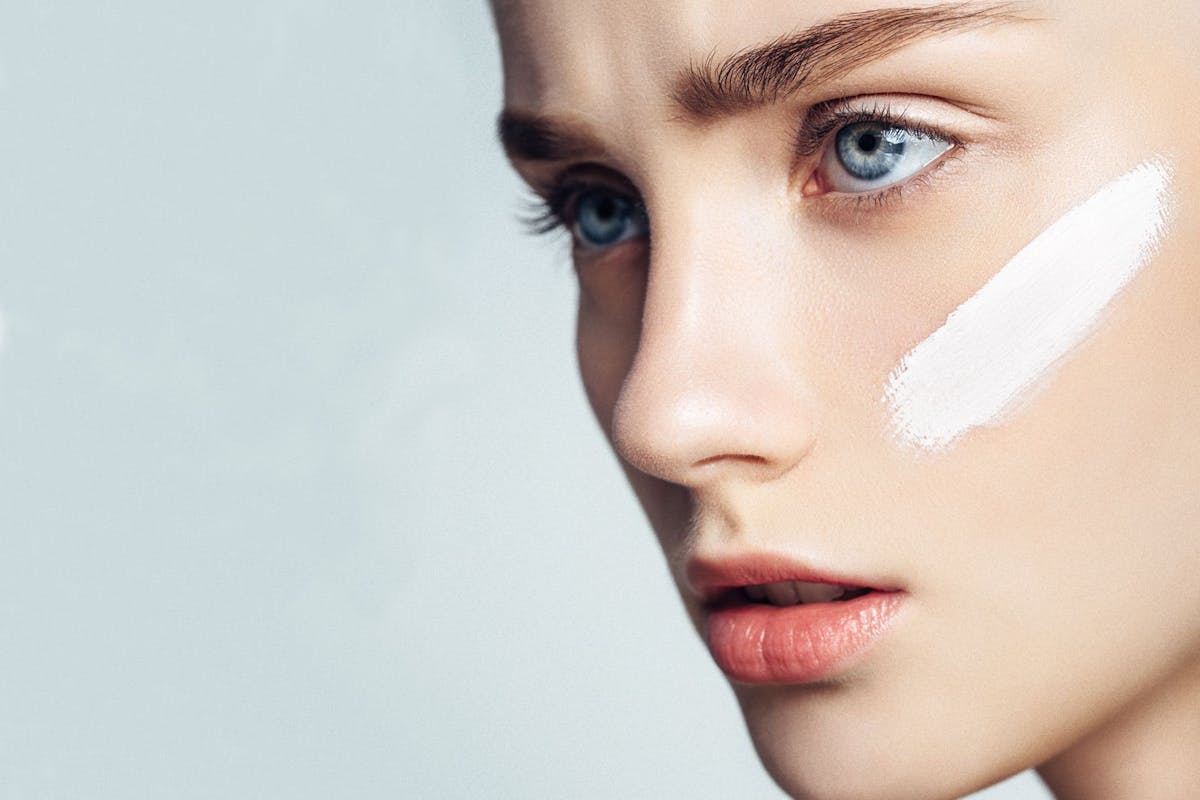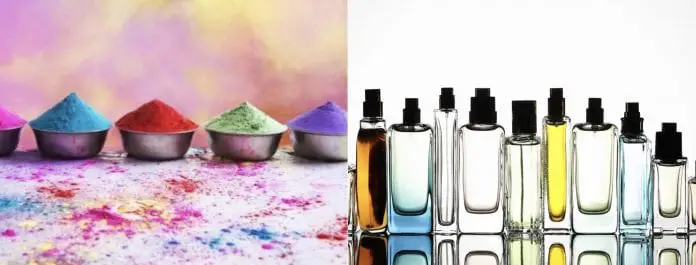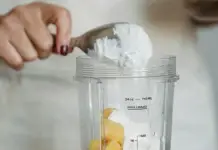It feels good to look good, doesn’t it? But how well do you really know your beauty products? And we’re not just talking about skin care or cosmetics – these products include shampoo, body wash, hand soap and toothpaste as well! When you use them, sure, they may smell good and have a desired effect, but beyond that, do they cause you more good or harm in the long run? It pays to read labels and know the ingredients to protect yourself from adverse effects! Keep your eyes peeled for these harmful chemicals in beauty products!
1) Synthetic Colours
At first glance, colours are attractive. Who doesn’t love bright, beautifully-coloured products? But be warned! Some colours come from petroleum or coal tar sources, suspected to be human carcinogens (cancer-causing substance). A telltale sign to look out for is labels of colours with FD&C or D&C (F is food, D&C is drug & cosmetics), which gives them away as artificial colours. These colours are known to be a skin irritant, and has also been linked to ADHD in children.

2) Fragrance/Parfum
Okay, this one may be very difficult to avoid, since anything that smells good will contain “fragrance”. But what exactly is “fragrance”? It is a general term created to protect “trade secrets”, since each company has their own formula, and they don’t want it leaked. However, certain “fragrance” can trigger allergies, dermatitis, respiratory distress, and can even affect the reproductive system in certain cases. It is among the top 5 allergens in the world, but pretty difficult to avoid. While not all fragrance could be harmful, it’s on the list because we never know what exactly is used to create “fragrance”!

3) Sodium Lauryl Sulfate & Sodium Laureth Sulfate
These are pretty well-known as harmful, but hard to avoid all the same, because they’re foaming agents. More commonly known as SLS/SLES, they can cause skin irritation and trigger allergies. Found in everything from hand soap to toothpaste, SLS/SLES is believed to be an acne-causing factor around the mouth and chin, and SLES has also been discovered to be contaminated with 1.4 dioxane, which is a carcinogen. Check your products – they most likely have SLS/SLES, and again it’s time to broaden our product horizons.

4) Formaldehyde
Formaldehyde is used in several products to prevent bacteria growth, which sounds like a good thing, if only it wasn’t a human carcinogen as well. Besides triggering allergies, formaldehyde may also be harmful to the immune system. However, it may be noteworthy that formaldehyde has the biggest impacts on health when inhaled. Let’s not talk about industrial usage, but some nail polish contains formaldehyde to strengthen the formula and prevent bacteria growth. Therefore, nail salon workers or those who frequently get mani/pedis are at highest risk, if they do not choose non-toxic nail polish.

5) Parabens
Ah, is this not the latest thing to avoid in beauty products? Simply put, parabens is a class of preservatives, which prevents bacterial growth, mould and yeast. It also has estrogen-mimicking properties (a female hormone), which is associated with an increased risk of breast cancer. Parabens is absorbed through skin, and have been found in biopsy samples from breast tumours. When buying your next product, check the ingredients for words like “parabens”, or with the suffix “-parabens”.

6) Retinol
Before you shoot me and say that retinol is your newest key to reversing the signs of aging, I know that too. Most commonly found in anti-aging products, retinol is also found in some day products as well, namely sunscreen. Retinol used during the night is alright, but it turns into a carcinogen under sunlight exposure, so be very careful to monitor how you use retinol. There’s also natural and synthetic retinol, and when possible, always get natural. Other words to look out for include retinyl palmitate, retinyl acetate and retinoic acid.

It’s safe to say that these are just the tip of the iceberg when it comes to identifying potentially harmful chemicals in beauty products. There could be so many others out there, and it’s high time we educate ourselves and perhaps look into using “clean” products to better protect our health!















